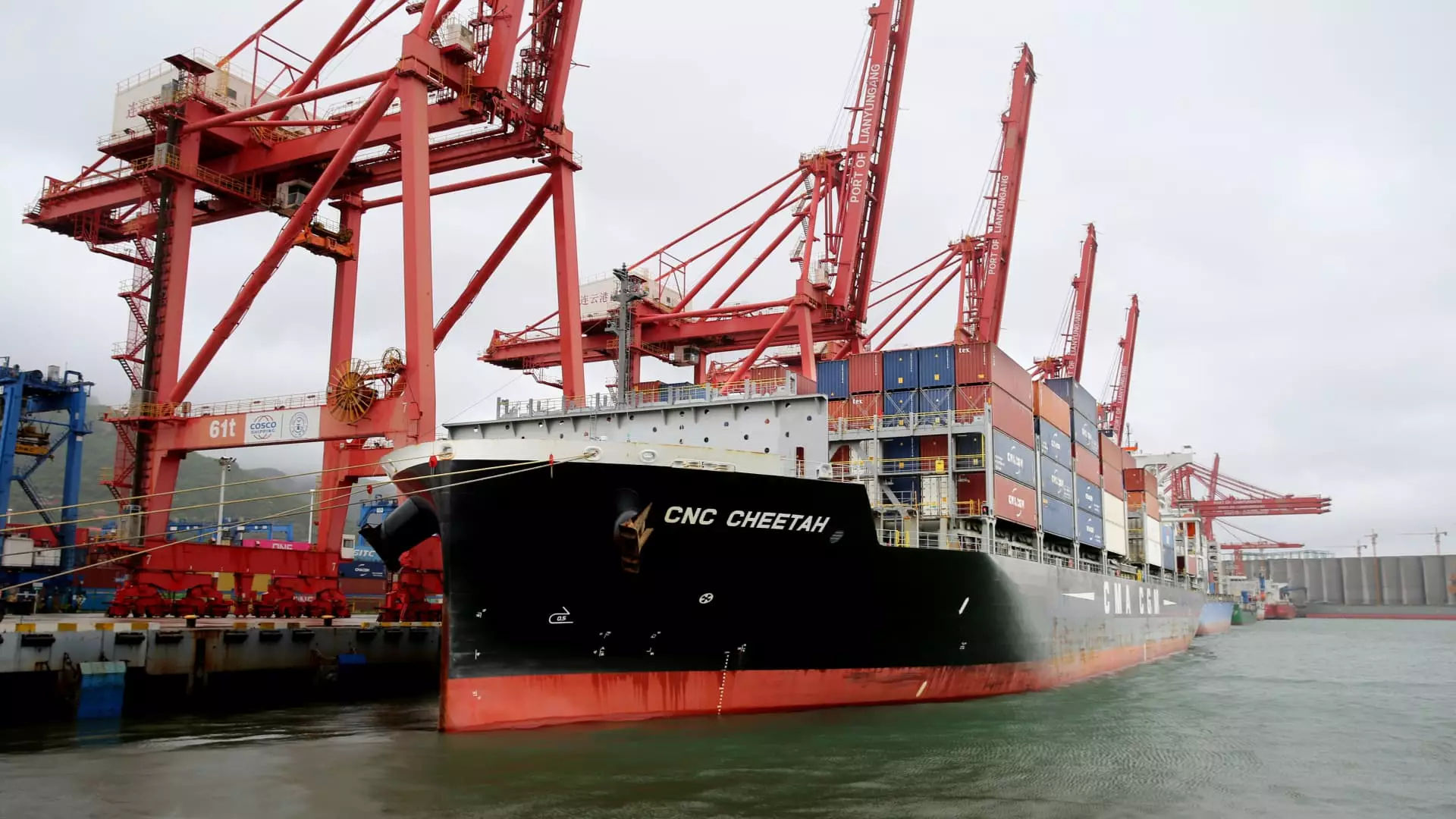Tariffs are often lauded as instruments of economic protectionism, but the current landscape in the United States paints a troubling picture reminiscent of the Great Depression. According to a recent report by the Yale Budget Lab, the average effective tariff rate is a staggering 17.8%, marking the highest levels since 1934. This figure reflects a sharp rise — a staggering 15.4 percentage points above pre-Trump levels. Certainly, for a nation that prides itself on free market principles, this level of economic intervention suggests a troubling pivot away from the ideals of liberal economics. Here, we must question not only the efficacy of such tariffs but also their profound implications on everyday American families.
Consumers Bearing the Costs
The potential economic fallout from these tariffs is monumental. The Yale Budget Lab estimates they could cost the average household approximately $2,800 in the short run. While short run might vaguely imply a temporal limitation, such prices are already hitting homes where budgets are thin and wages stagnant. This scenario raises a pressing moral question: Is it fair for the working class to bear the brunt of a trade war driven by political ideology, particularly when the promises of greater economic security feel increasingly hollow?
Moreover, the recent agreements with China and the U.K., which propose to lessen tariffs temporarily, provide little comfort. A cut from an outrageous 145% to 30% in tariffs on Chinese goods is not a victory; it’s an acknowledgment of a crisis. The real question is why we require tariffs to begin with. Rather than promoting local jobs, these punitive measures are simply shifting costs from one sector to another while providing modest relief at best.
The Political Landscape and Its Ramifications
In the web of U.S. trade policy, the administration has consistently wielded tariffs like a blunt instrument, hitting a wide array of foreign trade partners with duties that only serve to inflate prices for consumers domestically. For example, while President Trump recently announced agreements aimed at reducing automobile tariffs from the U.K. and China, the promise of a smooth transition to lower rates is fragile at best. The notion that these agreements will wield substantial effects on overall tariff rates is misguided. As the Yale Budget Lab notes, the anticipated reductions from these pacts are negligible compared to the drastic increases we’ve experienced.
Moreover, the additional levies on aluminum, steel, and other essential imports underline the detrimental trend of elevating nationalist sentiment over pragmatic economic policy. While the goal of supporting American industries is commendable, it begs the question: At what cost? The consumer, often overlooked in these discussions, faces a disproportionate level of risk and expense.
The Transformative Effects on Consumer Behavior
As businesses and consumers grapple with these inflated costs, behavioral shifts are already underway. Economists suggest that people will adapt their purchasing habits in an attempt to sidestep exorbitant tariffs, particularly affecting imports from China. However, this is where the illusion of choice becomes problematic. What choices do consumers really have in an environment saturated with systematic price increases imposed by government policy?
In essence, the rising tariff rates are not just economic numbers on a page; they represent real-world ramifications for American households. It’s time we critically evaluate whether these policies are indeed the path toward a prosperous future or simply an anchor dragging families deeper into financial uncertainty. Fundamental change is necessary, lest we continue to perpetuate policies that prioritize shortsighted nationalism over collaborative economic growth.

